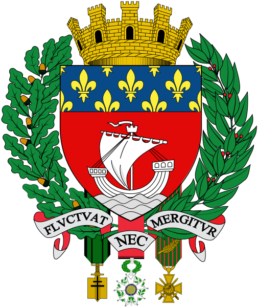Paris is transforming its energy portfolio by powering 50% of its district heating network with a mix of new renewable energy sources.
In 2016, Paris halved the use of coal in its extensive district heating network, and now powers 50% of the heating network with renewable and recovered energy. The new energy mix comprises 1% geothermal, 2% biofuel, 10% biomass, and 41% heat generated by the thermal treatment of waste. The city is also converting five power plants from coal to natural gas. This shift will contribute to a 25% decrease in CO2 emissions, a 98% decrease in SO2 emissions, and will generate enough energy to heat 500,000 houses.
350K tons of CO2 reduced per year by powering 50% of Paris’s district heating with renewable energy
Cities100 – 2016
This large-scale transition helps the city increase its share of renewable energy sources by up to 10%, and works towards fulfilling Paris’ commitment that 25% of its energy consumption will be powered by renewable or recovered sources by 2020. The goal works within the larger framework of Paris’s Climate Action Plan, which aims to reduce the city’s CO2 emissions by 25% by 2020.
The challenge
Paris’ district heating network is the largest in France, and the 11th largest in the world. By applying proven technology on such a large scale, and divesting from coal in order to adopt a renewable energy mix to power the heating system, the city is realizing significant reductions in CO2 and improving urban air quality.
Co-benefits
Economic By diversifying the district heating system’s renewable energy mix, the city is fostering the development of new technologies and innovation in new energy sources.
Environmental The shift from coal to gas plants led to better air quality in the Paris region due to a 90% decrease in dust and 85% decrease in NOx.
Health The end of heavy fuel oil exploitation in the heat plants reduced noise pollution for the nearby communities.
Social Due to the project, the tax on energy prices decreased from 20% to 5%, which will lead to cheaper heating bills for citizens.
About Paris
Paris is the capital and most populous city of France, with an administrative-limits area of 105 square kilometres (41 square miles) and a 2015 population of 2,229,621. The city is a major rail, highway, and air-transport hub served by two international airports. Paris is especially known for its museums and architectural landmarks: its Louvre is one of the most visited art museums in the world.


